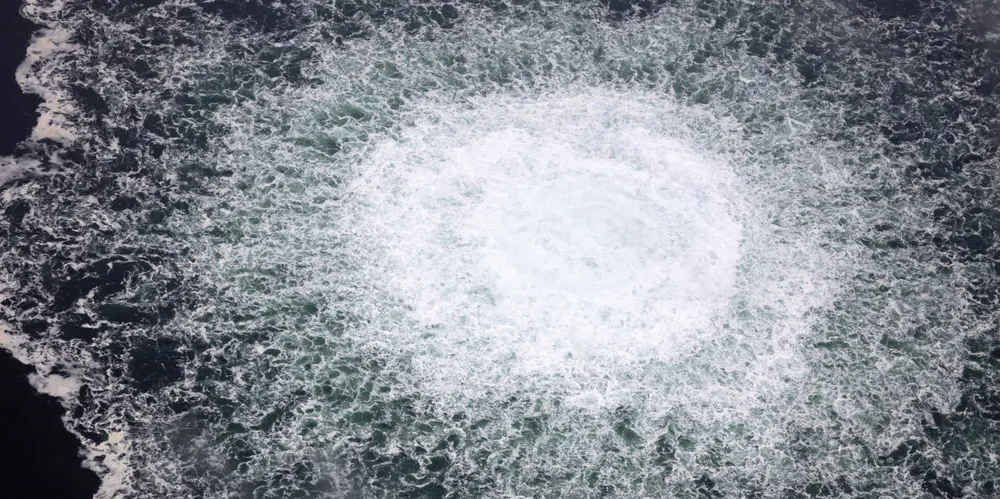'No risk' to Danish energy island plans after Baltic Sea pipeline sabotage
Green Power Denmark’s technology director claims attack on sea cables would be escalation of current situation that is highly unlikely

The ruptures that may have been caused by under-water explosions near the Danish island of Bornholm at the Nord Stream 1 and 2 pipelines triggered wider concerns about the security of critical infrastructure, and prompted NATO to say the defence alliance will “prepare for, deter and defend against the coercive use of energy and other hybrid tactics by state and non-state actors.”
While Western countries and NATO have been cautious not to directly accuse any country to be responsible for the pipeline incidents near Bornholm, there has been widespread speculation in the media and by military experts that Russia may be behind the “sabotage”, trying to warn the West it can easily hit its gas and power grids at sea.
Christensen said that he won’t participate in guessing who was behind the incidents, and stressed they took placed in international waters and not in Danish or Swedish territorial waters.
“I don’t know of people within the energy business that think that it is very realistic that you could see attack on national infrastructure,” Christensen said.
“I am really not that concerned that you will see attacks on sea cables, etc. It would be a huge escalation of the present situation.”
The director of technology said the planned Danish energy islands are comparable to electricity interconnectors at sea between countries.
“And to be honest, of course there could be an attack on one interconnector. But that would immediately increase surveillance of the rest of them,” Christensen said, adding that a possible attack on an interconnector would be comparable to an attack on one cable to an energy island.
“But the second after that happened, there would be a huge surveillance on the rest of the infrastructure. … I don’t see there is a risk at all.”
(Copyright)